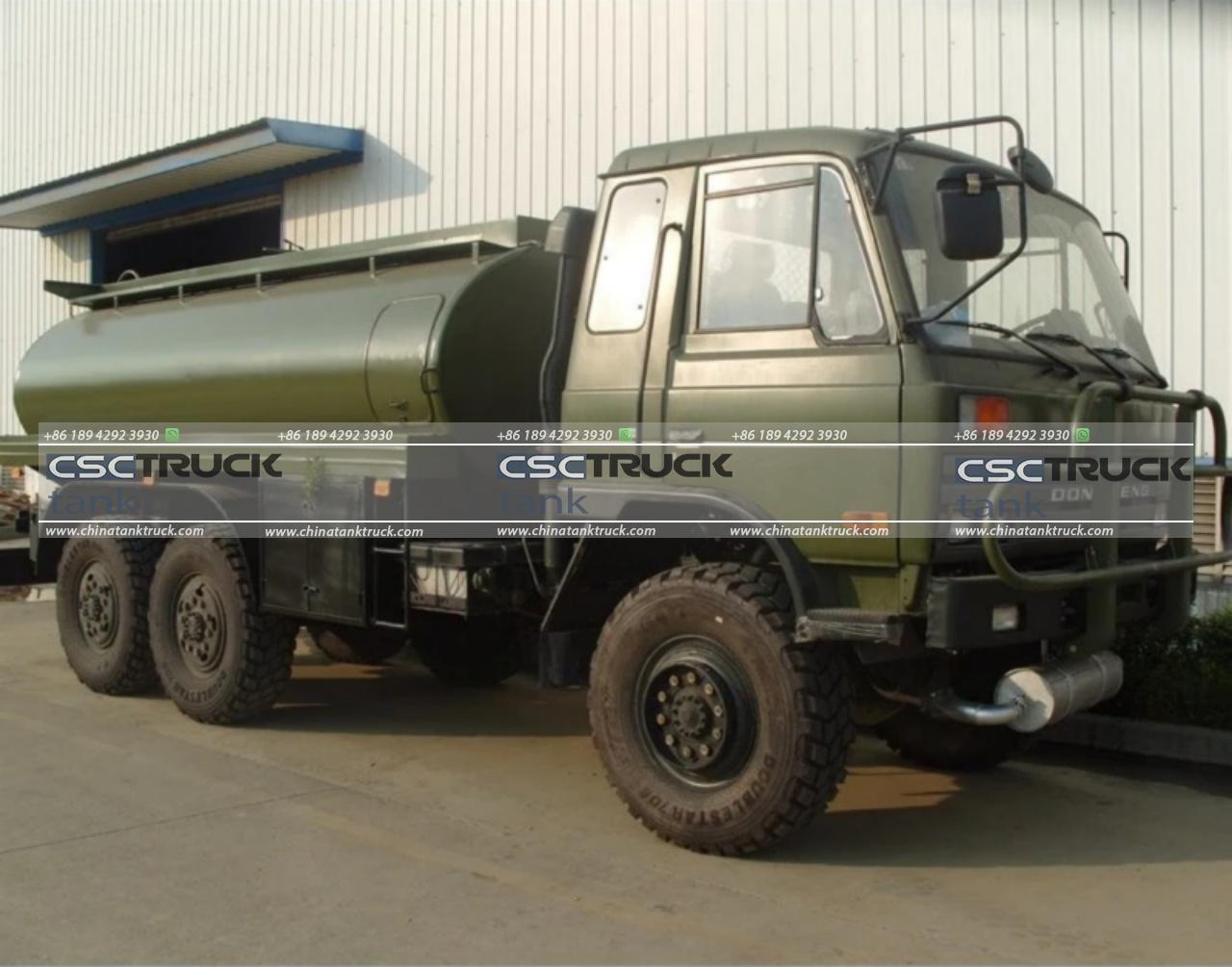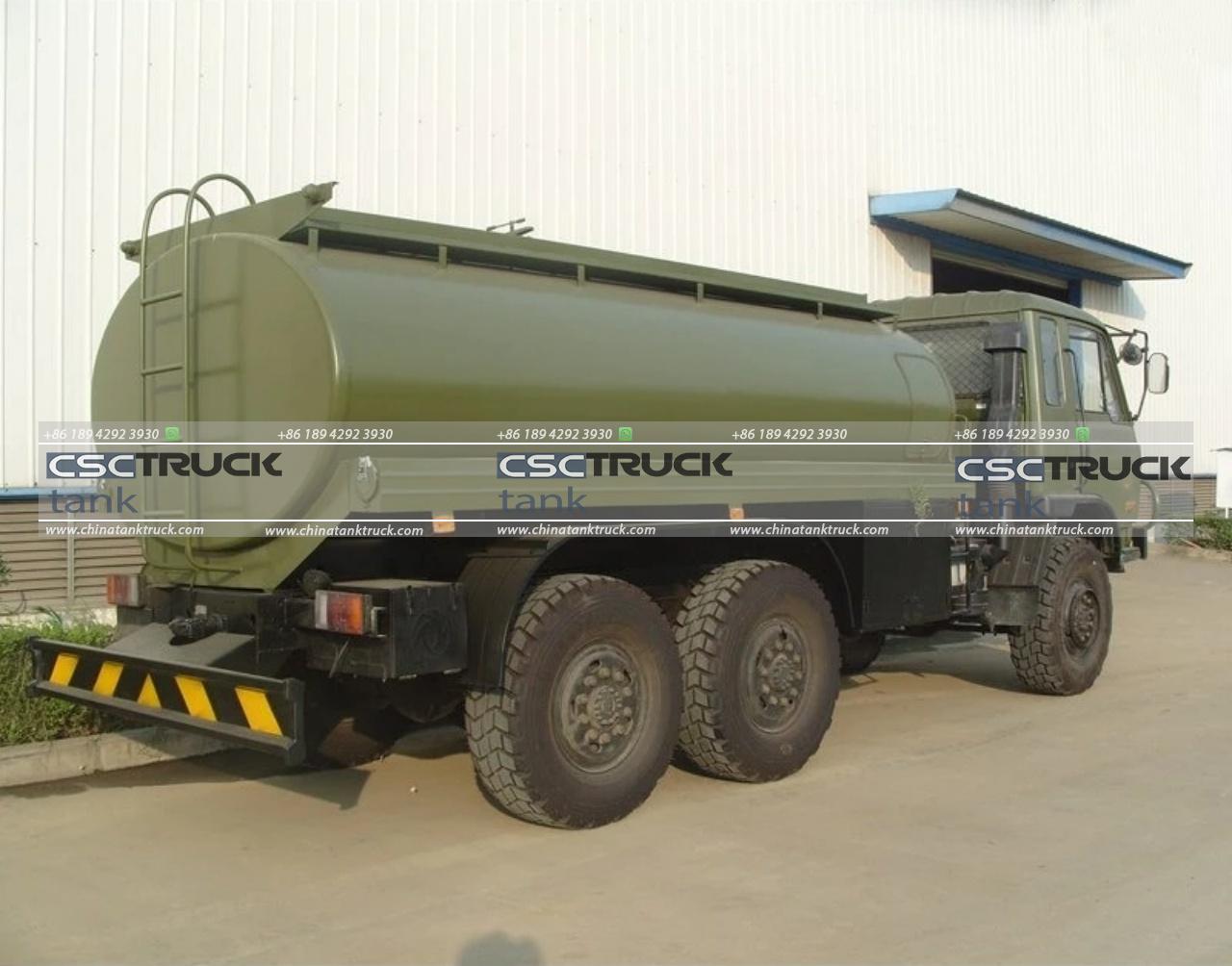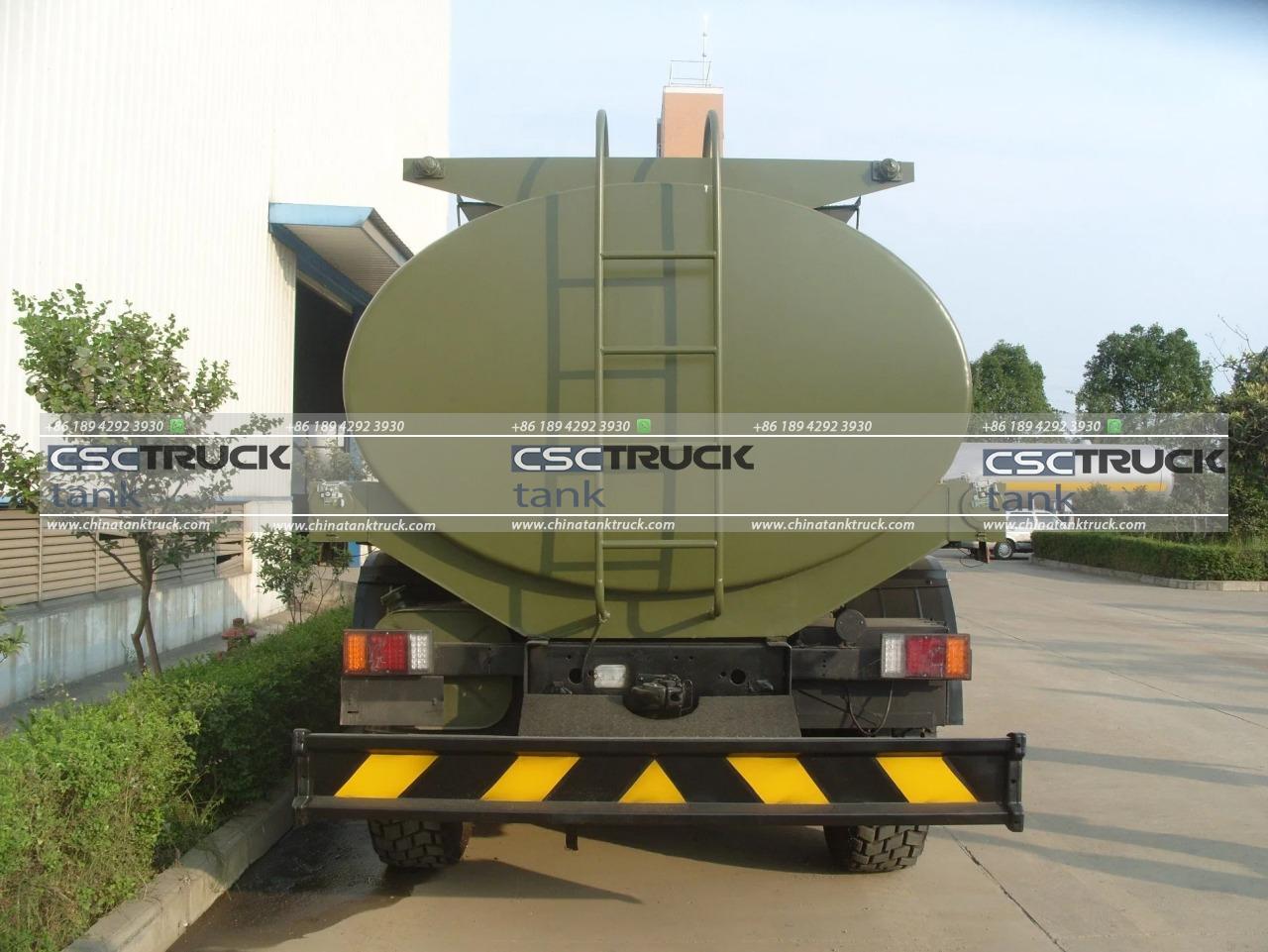How Much Crude Oil Can a Tanker Truck Carry?
Crude oil is one of the most valuable commodities transported globally. It powers our industries, and vehicles, and even serves as a raw material in producing countless goods. Transporting crude oil efficiently is essential to keep up with its high demand. Tanker trucks deliver crude oil from extraction sites to refineries, storage facilities, and ports. A common question about this massive transport operation is: “How much crude oil can a tanker truck carry?” In this article, we’ll explore the capacity of tanker trucks, the different types used, factors that influence capacity, safety measures, and their role in the petroleum supply chain.
Types of Tanker Trucks
Tanker trucks, also known as tank trucks, vary widely in design and capacity, tailored to meet different transportation needs. They are classified based on their cargo and capacity, ranging from small trucks for local distribution to large highway and cross-country tankers. Here are the main types of tanker trucks used in crude oil transportation:
1. Small Tanker Trucks: These vehicles have a capacity of approximately 1,000 to 4,000 gallons (3,785 to 15,141 liters) and are used primarily for local delivery. They are ideal for accessing locations where large tankers may not fit, such as small gas stations or industrial facilities in urban areas. Small tanker trucks are not commonly used for crude oil transport due to limited capacity but may deliver refined oil products.
2. Medium Tanker Trucks: Medium tankers have a capacity between 4,000 and 6,000 gallons (15,141 to 22,712 liters). These trucks are typically used for transporting refined petroleum products but can also transport crude oil. They often serve as the bridge between large tankers and smaller delivery vehicles, useful for mid-range hauls between distribution centers and terminals.
3. Large Tanker Trucks: Also known as “highway tankers,” these vehicles have capacities that range from 8,000 to 11,600 gallons (30,283 to 43,910 liters), depending on the model, design, and axle configuration. They are the workhorses for long-distance transport of crude oil and petroleum products. They generally operate on interstates and highways, delivering oil from extraction points to refineries or major storage hubs.
4. Super Tanker Trucks: These are specially designed for bulk transportation, particularly in regions where tanker trains or pipelines are not accessible. Some supertankers can carry upwards of 12,000 gallons (45,425 liters). However, due to their size, these trucks are often limited to specific routes or special-use permits to ensure they meet road safety regulations.

Average Capacity of Tanker Trucks
The actual volume a tanker truck can carry depends on several factors: the type of truck, the density of the cargo, and transportation regulations. For crude oil, the following general capacities apply:
– Small Tanker Trucks: 1,000 – 4,000 gallons
– Medium Tanker Trucks: 4,000 – 6,000 gallons
– Large Tanker Trucks: 8,000 – 11,600 gallons
– Super Tanker Trucks: 10,000 – 12,000 gallons
On average, a large highway tanker truck can carry approximately 8,000 to 11,600 gallons (30,283 to 43,910 liters) of crude oil. This capacity is sufficient to serve regional transport needs and maintain a steady flow of crude oil to refineries or storage facilities.
Factors Influencing Tanker Truck Capacity
The specific capacity of a tanker truck is determined by more than just the truck’s design. Several factors influence how much crude oil a tanker can carry:
1. Gross Vehicle Weight Rating (GVWR): The GVWR is the maximum operating weight of a vehicle as specified by the manufacturer. This includes the truck, fuel, driver, and cargo. For large tankers, GVWR typically ranges between 80,000 to 100,000 pounds. Crude oil is a dense substance, and each gallon adds significant weight. Exceeding GVWR limits can damage the truck and lead to fines or accidents, so tankers are filled based on weight considerations rather than volume alone.
2. Axle Configuration: Trucks with more axles can carry heavier loads by distributing weight across more wheels, reducing the load on each axle. For this reason, many long-distance crude oil tankers are multi-axle vehicles, allowing for greater oil capacity without compromising safety.
3. Density of Crude Oil: Crude oil density varies depending on its composition and origin. The heavier or more viscous the crude oil, the less volume can be carried due to weight restrictions. Light crude oils are less dense, allowing for more volume per trip. On average, a barrel of crude oil weighs approximately 300 pounds (137 kg), but this weight can fluctuate depending on the specific gravity of the oil.
4. Regulations and Road Restrictions: Laws on weight limits and vehicle size affect how much crude oil tankers can legally carry. These laws are particularly stringent in the U.S. and Canada, where maximum allowed weights vary by state and province. Truckers must account for these regulations when planning routes, as exceeding limits can result in significant fines or even confiscation of the cargo.

Safety Considerations in Crude Oil Transport
Transporting crude oil comes with its risks. Due to its flammable and potentially hazardous nature, safety is a top priority in the design and operation of tanker trucks. Here are some safety measures integrated into tanker operations:
1. Reinforced Tank Design: Most crude oil tankers are constructed with special reinforced steel or aluminum to withstand the pressure of the cargo and prevent leaks or ruptures in the event of a collision. Modern tanker trucks also have internal compartments to limit the movement of the liquid, reducing the risk of tipping or rollover.
2. Vapor Recovery Systems: These systems reduce emissions by capturing vapors that may be released during loading or unloading. Vapor recovery systems not only reduce environmental impact but also minimize fire hazards.
3. Emergency Shut-Off Valves: Equipped with automatic shut-off valves, tankers can prevent the uncontrolled release of oil in case of a pipeline or equipment failure. This feature is crucial for minimizing spills and ensuring driver safety.
4. Driver Training and Certification: Only drivers with specific training in hazardous materials are permitted to operate crude oil tankers. They are trained to handle emergency situations, inspect equipment regularly, and manage road risks. This training ensures the safety of the driver, the cargo, and the public.
The Role of Tanker Trucks in the Petroleum Supply Chain
Tanker trucks are indispensable for the oil industry, especially in regions without pipeline infrastructure or for last-mile deliveries. Their flexibility allows oil companies to deliver crude oil to remote areas or storage facilities where other forms of transportation, like rail or pipeline, are not feasible. Tanker trucks are particularly vital in regions like North America, where drilling operations are widespread and refineries are often located hundreds of miles from extraction points.
Additionally, tanker trucks are essential for handling peak demands or emergencies when pipelines cannot meet the necessary volume. They ensure a stable supply of crude oil, preventing potential interruptions in production and helping to stabilize oil prices by maintaining a consistent flow of raw materials to refineries.

Conclusion
Tanker trucks are a critical part of the crude oil transport network, bridging the gap between oil fields, refineries, and storage hubs. Depending on the type and configuration, these trucks can carry anywhere from 1,000 to 12,000 gallons of crude oil, with large highway tankers typically transporting around 8,000 to 11,600 gallons per trip. Factors like vehicle weight restrictions, axle configurations, and crude oil density all play a role in determining a tanker truck’s capacity. Safety is a primary consideration in tanker design, with reinforced structures, vapor recovery systems, and emergency shut-off valves keeping drivers and the public secure. In an industry where reliability and efficiency are paramount, tanker trucks remain indispensable in transporting crude oil where it’s needed most.

